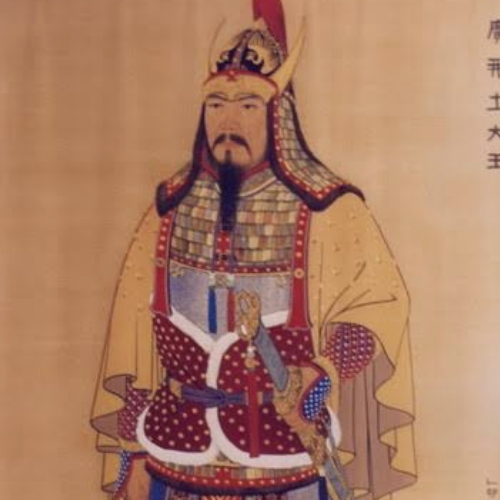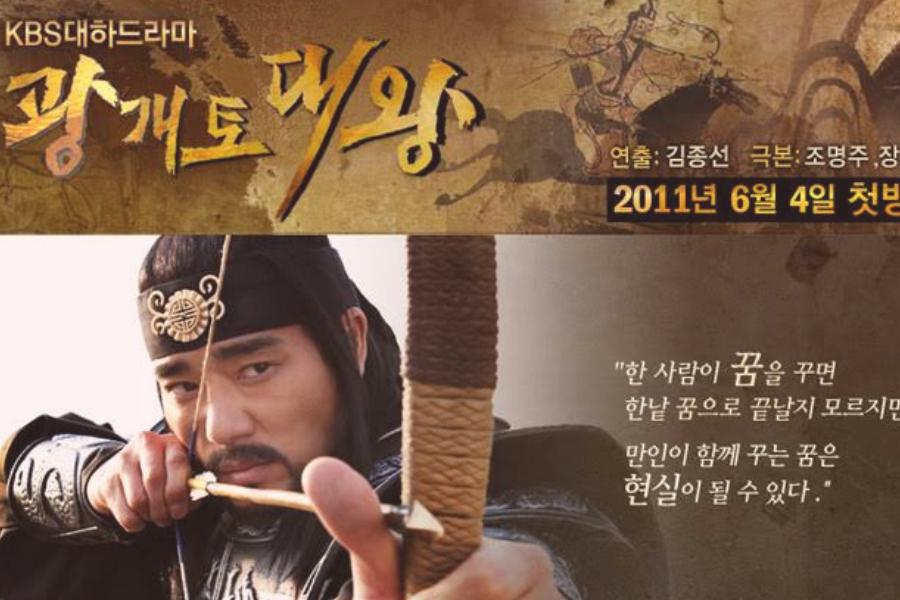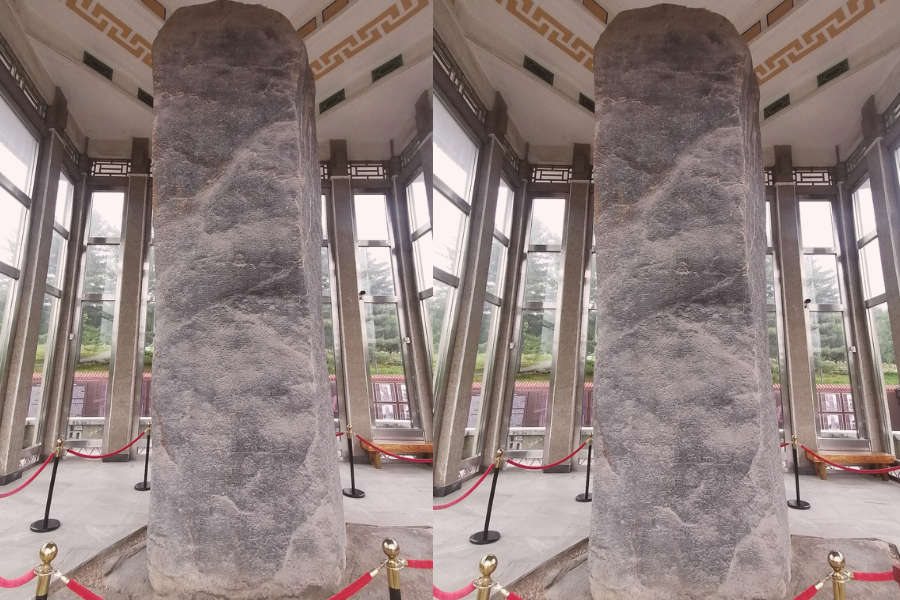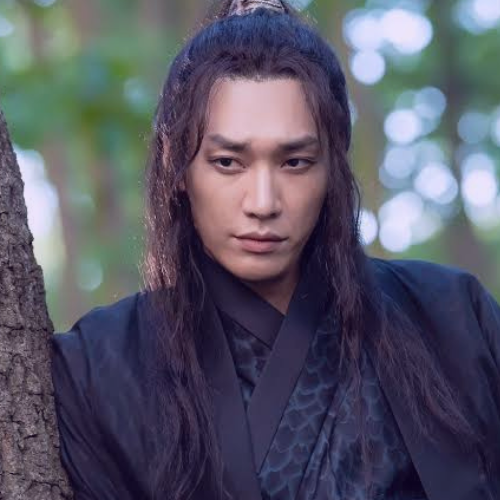The Legacy of King Gwanggaeto the Great (Conqueror) in History and Popular Culture
- byT.Sapphire 💙
- 6 months ago
- 0 Comments
- 4mins

Today, let’s ditch Joseon for a while and go all the way back to the Goguryeo dynasty to talk about one of Korea’s most legendary rulers.
King Gwanggaeto the Great wasn’t just a king with a fancy name. He was a game-changer, a warrior king, and one of the biggest reasons Goguryeo became a powerhouse in East Asia. And yes, his story is just as epic as it sounds.
PS: If you’ve watched ‘Gwanggaeto the Great Conqueror,’ this is your icing on the cake.
History

Before we talk swords and empires, let’s set the stage. King Gwanggaeto the Great (born Go Damdeok, and yes, the same name from the drama) was the 19th king of Goguryeo, one of the Three Kingdoms of Korea. He ruled from 391 to 413 AD, which might feel like ancient history, but his influence still echoes today.
So you might be asking, what made him stand out? Well, for starters, he became king at just 17 years old. Most teens at that age are figuring out algebra, however, Gwanggaeto was figuring out military strategy. And he wasn’t just a king who ruled from the comfort of his palace. Nope. This guy was on the battlefield, expanding Goguryeo’s territory far and wide. I mean, he was basically giving the kingdom a serious glow-up.
Under his rule, Goguryeo’s borders stretched from Manchuria to the Han River basin. He didn’t just defend his kingdom; he expanded it with a passion. He went up against the Later Yan (a major Chinese power at the time), tamed Baekje and Silla (the other Korean kingdoms), and left a footprint so massive, it literally got carved into stone (the Gwanggaeto Stele; a 6.39 meter tall monument).
Inventions and Achievements
While Gwanggaeto might not have invented a writing system like King Sejong, his legacy lies in military strength and unification. He wasn’t just swinging swords; he was laying the foundation for what would eventually become a unified Korea. His campaigns helped Silla push back against Japanese pirates, which tells you a lot about how much power and influence he wielded beyond just Goguryeo.
But wait, there’s more. One of his biggest flexes is that giant stone monument I mentioned, the Gwanggaeto Stele. It’s a towering inscription located in present-day Jilin Province, China, and it’s basically a brag sheet written in stone. It chronicles his conquests and reign, and stands as one of Korea’s most important historical artifacts.
He was also posthumously given the title “Taewang” (Supreme King), a term usually reserved for emperors.
Depictions and Celebrations

Of course, you can’t have a king this legendary and not show him off in K-dramas. King Gwanggaeto the Great was portrayed in the MBC Drama ‘The Legend', where two actors, Bae Yong-joon (older version) and Yoo Seung-ho (younger version), brought him back to life in all his armored glory.
And we should not forget the ‘Gwanggaeto, The Great Conqueror’ drama that captured the great king’s life in 92 episodes. The drama gives us a glimpse into the scale of his campaigns and the pressure of ruling during turbulent times.
And yes, he also made appearances in animations, comic books, and even video games. Also, his name is often used to symbolize national pride and strength in Korea. Even the Korean military has drawn from his legacy. The name “Gwanggaeto” has been given to a class of Korean Navy destroyers, literally carrying his legacy out to sea.
King Gwanggaeto wasn’t just a ruler; he was a force of nature. His reign was short (only 21 years), but his impact? Massive!
The fact that he helped shape the identity of Korea as a strong, unified force and left a blueprint for leadership, courage, and expansion is why he is the second of two Korean kings referred to as ‘The Great’ (King Sejong the Great and King Gwanggaeto the Great).
This king didn’t just rule a kingdom. He redefined it!
T.Sapphire 💙
T. sapphire is a writer who found her love for the Hallyu wave after watching the historical drama “Jumong.” She is mainly interested in Korean dramas and the history of Korea at large. Explore her pieces as she takes you on a journey through K-Drama recommendations and keeps you informed about the history of the Korean people.
0 Comment(s)
Related Posts
Daily Newsletter
Get all the top stories from Blogs to keep track.






Leave a comment